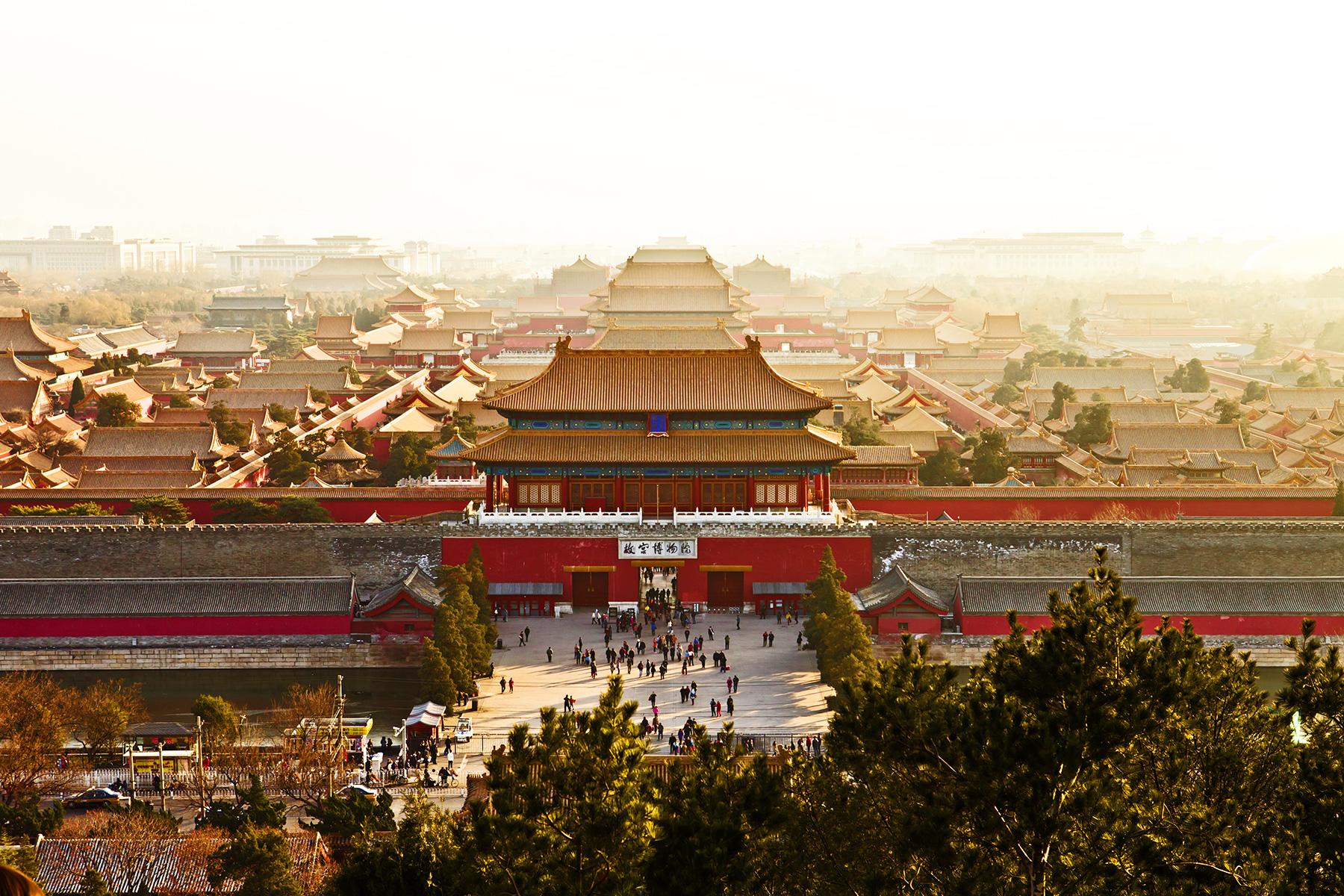What does Ms. Ma's last name (Ma) mean in Chinese?
A. Horse
B. Pig
C. Dragon
D. Goat
A. Horse

Which element has the atomic number 5?
A. Zirconium (Zr)
B. Lead (Pb)
C. Mercury (Hg)
D. Boron (B)
D. Boron (B)

How is the relationship between Chemistry and Physics?
A. Not related
B. Chemistry needs Physics
C. Physics needs Chemistry
D. They need each other
D. They need each other
Which two majors did Ms. Ma learn at her college New York University (NYU)?
A. Chemistry and Math
B. Teaching Chemistry and Biology
C. Teaching Chemistry and Art History
D. Teaching Chemistry and Computer Science
D. Teaching Chemistry and Computer Science
Which element has the most mass (heaviest)?
A. Zirconium (Zr)
B. Lead (Pb)
C. Mercury (Hg)
D. Boron (B)
B. Lead (Pb)

What is the common name of sodium chloride (NaCl) in our kitchen?
A. Soy Sauce
B. Sugar
C. Salt
D. Spice
C. Salt
Ms. Ma has many favorite things to do in her free time EXCEPT ______
A. playing volleyball
B. watching movies
C. playing the guitar
D. reading picture books
C. Ms. Ma cannot play the guitar (but she wishes to learn!)
Which element is in liquid phase at the room temperature?
A. Zirconium (Zr)
B. Lead (Pb)
C. Mercury (Hg)
D. Boron (B)
C. Mercury (Hg)
:max_bytes(150000):strip_icc()/quicksilver-93292637-5c58599446e0fb0001c08af4.jpg)
Only one woman, Marie Curie, has been honored twice, with the 1903 Nobel Prize in Physics and the 1911 Nobel Prize in Chemistry. What did she discover?
A. Periodic Table
B. Element Radium (Ra)
C. Element Mercury (Hg)
D. DNA
B. Element Radium (Ra)

Which city is Ms. Ma's hometown?
A. Shanghai, China
B. Beijing, China
C. Shenzhen, China
D. Guangdong, China
B. Beijing, China

Which element belongs to transition metals AND has similar chemical properties as Titanium(Ti) (Period 4, Group4)?
A. Zirconium (Zr)
B. Lead (Pb)
C. Mercury (Hg)
D. Boron (B)
A. Zirconium (Zr)
What is air primarily made of?
A. Oxygen (O2), Hydrogen (H2), Argon (Ar), and Nitrogen (N2)
B. Oxygen, Nitrogen, Argon (Ar), and Carbon monoxide (CO)
C. Oxygen, Nitrogen, Argon (Ar), and Carbon dioxide (CO2)
D. Oxygen, Water (H2O), Argon (Ar), and Nitrogen
C. Oxygen, Nitrogen, Argon (Ar), and Carbon dioxide (CO2)
